Off-Grid Energy Systems II
Solar Generator Project
By Thomas Anderson
Syllabus
Course: Off-Grid Energy Systems II / Solar Generator
Instructor: Thomas Anderson
Location:
-
Greenly Center
50 E Main St, Bloomsburg, PA 17815
Course Slides:
- http://andersonalternative.com/solar-gen-build/
- Note that the navigation is two-dimensional, with both left-right arrows and up-down arrows on some slides in order to move vertically deeper into some topics.
- To print or export these slides, go to http://andersonalternative.com/solar-gen-build/?print-pdf&showNotes=true in Chrome, then use the browser's print function (CTRL-P) to either print it to paper or export it to a PDF.
Goal:
- Students will practice the principles of off-grid energy production by building a scale model self-contained "solar generator" system, which will prepare them to install a full-sized off-grid system in their home to free them from dependence on the electrical grid.
Syllabus
Schedule:
- Class 1 (Thursday, 11/07): Duration 3 hours: Review the concepts and components of off-grid energy systems, the electrical diagram for the solar generator, tools and techniques for assembling the solar generator, and safety considerations when working with electricity. If time allows, students may begin building their solar generators.
- Class 2 (Thursday, 11/14): Duration 3 hours: Templating the container. Preparing wires. Making connections.
- Class 3 (Thursday, 11/21): Duration 3 hours: Building the solar generator. Students should finish the bulk of the build during this class.
- Class 4 (Thursday, 12/05): Duration 3 hours: Final touches on the solar generator. Discussion of how to scale up the components of the solar generator to satisfy the load requirements of an entire home.
Solar Generator Components
Case/Housing
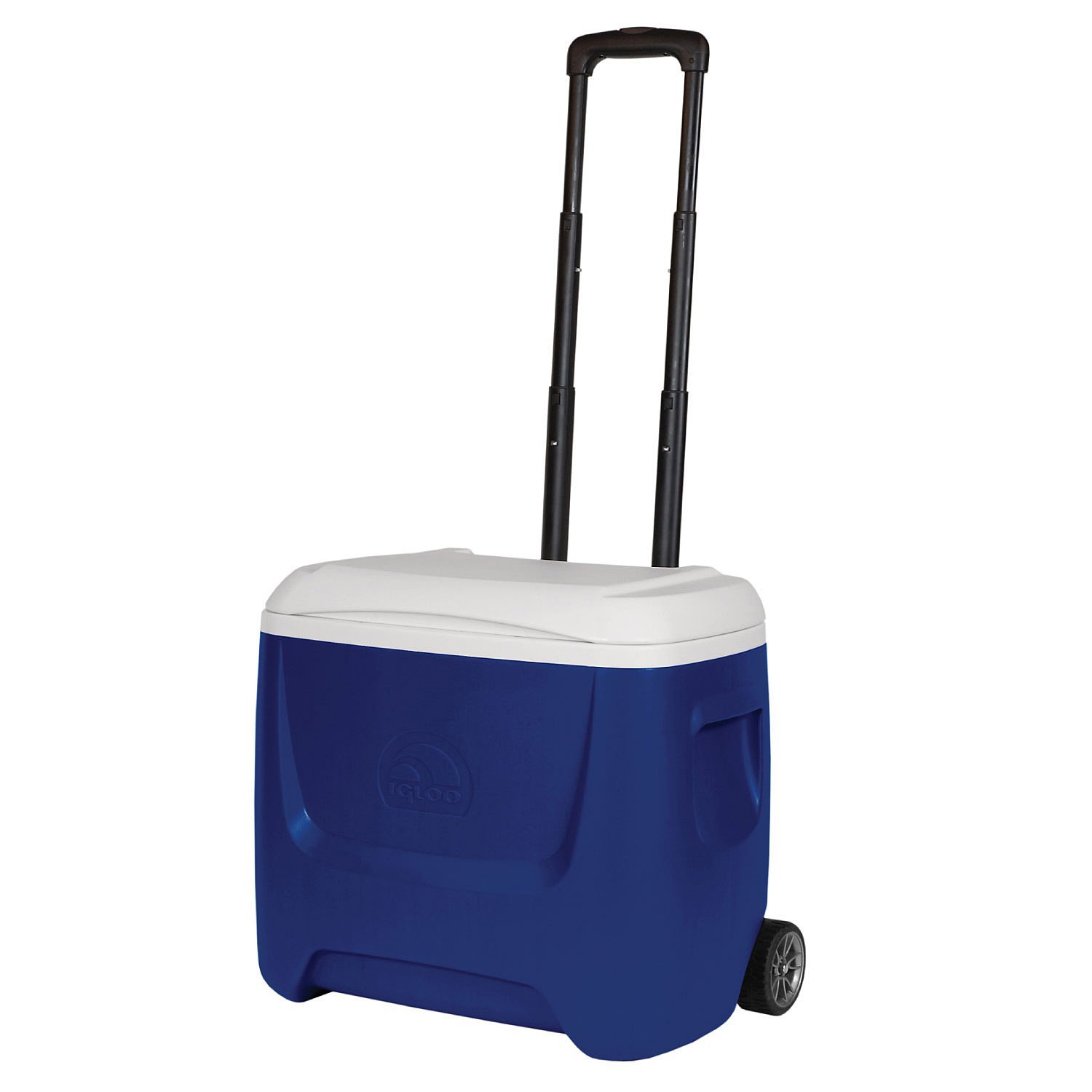 |
28 Qt. Roller Cooler
|
Batteries
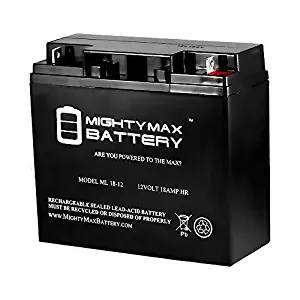 |
12V 18Ah Rechargeable Deep Cycle Batteries
|
Batteries
Performance Characteristics
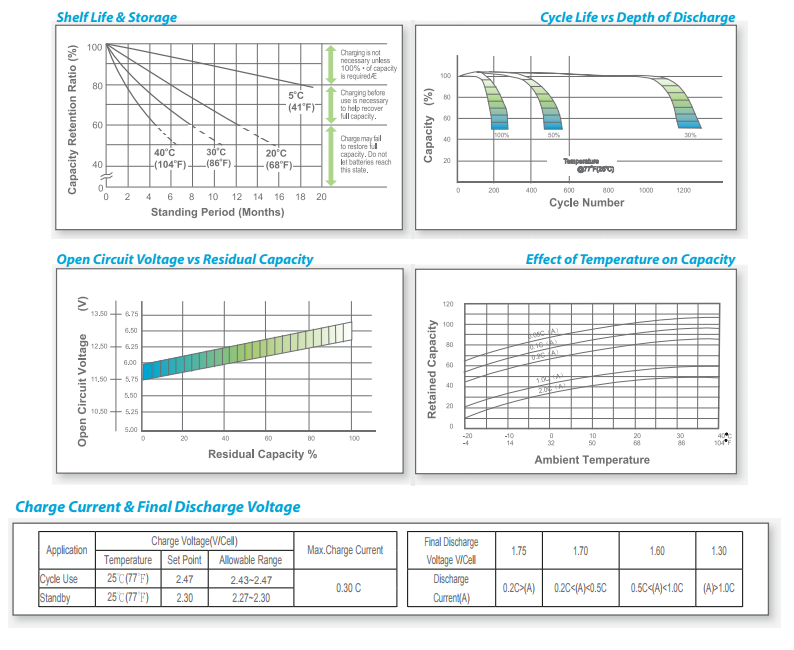
Photovoltaic Panel
 |
12V 60W Polycrystalline Photovoltaic Solar Panel
|
Charge Controller
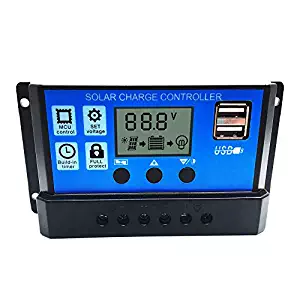 |
12/24V 20A Solar Charge Controller
|
Grid/Generator AC Charger
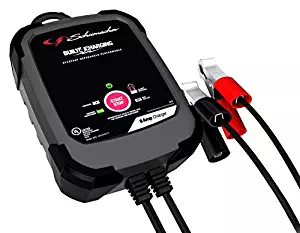 |
12V 8A Battery Charger/Maintainer
|
Inverter
 |
600W Pure Sine Wave Inverter
|
DC Power Outlets
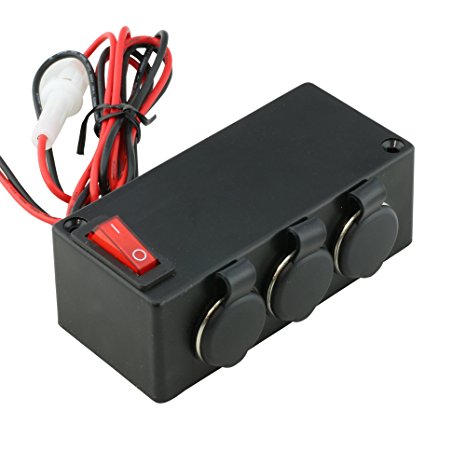 |
Automotive Cigarette DC Power Outlets
|
Amp/Volt/Power Meter
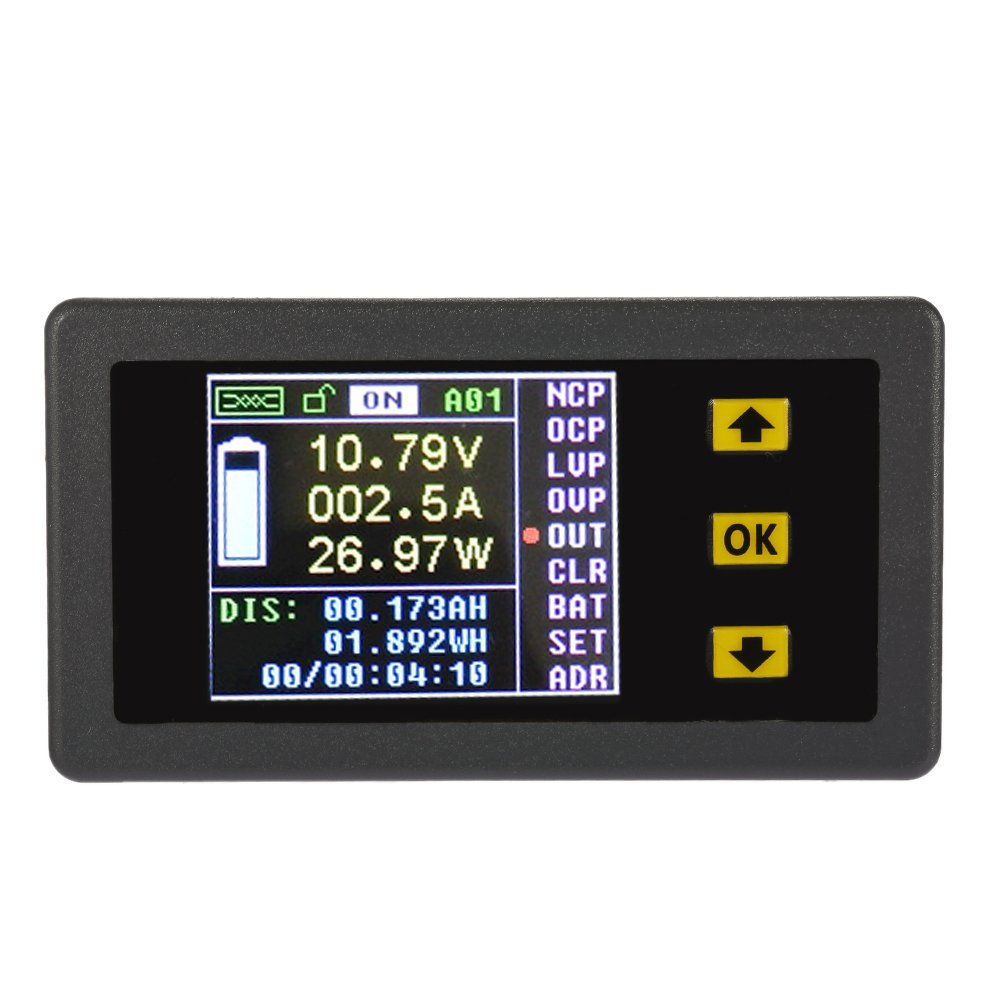 |
Multifunctional Digital Bi-directional Meter
|
Breaker Switch
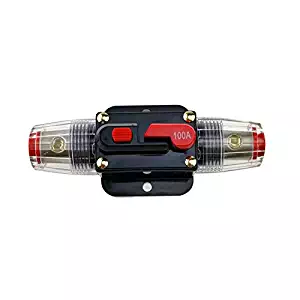 |
100A Inline Circuit Breaker
|
10 AWG Wire
 |
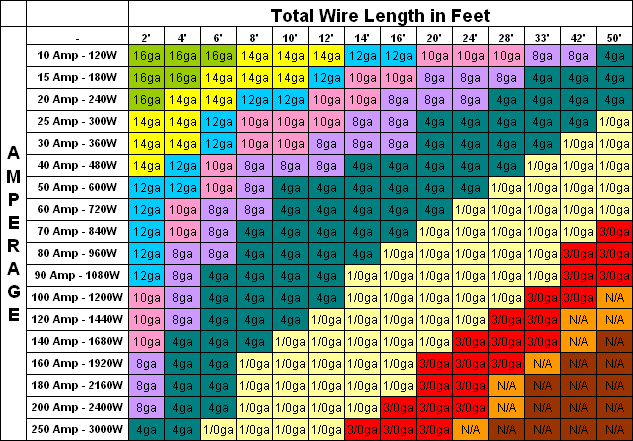 |
What It Can Power
| Load | Power | From Full to 80% Depth of Discharge |
| 40W-equivalent LED lightbulb | 5 Watts | 69.1 hours |
| Cable/DSL Modem | 6 Watts | 57.6 hours |
| Cellphone Charger (2.1A charging) | 10 Watts | 33.9 hours |
| Notebook Computer | 25 Watts | 13.8 hours |
| 15 ft3 Chest Freezer | 34 Watts | 10.2 hours |
| 40" LCD Television | 36 Watts | 9.6 hours |
| 25.5 ft3 Fridge w/Ice Maker | 51 Watts | 6.8 hours |
| 52" Ceiling Fan (Max Speed) | 66 Watts | 5.2 hours |
| 4.7 ft3 Front-Load Washer | 70 Watts | 4.9 hours |
| Keurig Coffee Maker | 300 Watts | 1.2 hours |
| 1/4 HP Submersible Sump Pump | 456 Watts | 45.5 minutes |
| 5000 BTU Window Air Conditioner | 560 Watts | 37.0 minutes |
| 0.6 ft3 Microwave | 600 Watts | 34.6 minutes |
Advanced Option
Solar Generator Components
 | Mounting surface (3'x4' 1/2" plywood) | $15.00 |
 | 2x 100 Amp-hr 12 Volt AGM deep-cycle batteries | $340.00 |
 | 300-watt monocrystalline photovoltaic panel | $322.00 |
 | 60 Amp 12/24/36/48 Volt MPPT solar charge controller | $92.98 |
 | Xantrex Freedom HFS 2000 Watt Inverter / 55 Amp Charger | $807.67 |
 | Multifunction Volt Amp Power Meter / Display - 500 A | $36.50 |
 | 200 A waterproof circuit breaker / switch | $21.50 |
 | SquareD QO 100-Amp 6-space load center & breakers | $80.00 |
 | 4-10 AWG insulated stranded wire | $75.00 |
 | Wire connectors & screws | $40.00 |
 | Pennsylvania sales taxes | $109.84 |
 | TOTAL | $1940.49 |
What It Can Power
| Load | Power | From Full to 80% Depth of Discharge |
| 40W-equivalent LED lightbulb | 5 Watts | 16 days |
| Cable/DSL Modem | 6 Watts | 13.3 days |
| Cellphone Charger (2.1A charging) | 10 Watts | 8 days |
| Notebook Computer | 25 Watts | 3.2 days |
| 15 ft3 Chest Freezer | 34 Watts | 2.4 days |
| 40" LCD Television | 36 Watts | 2.2 days |
| 25.5 ft3 Fridge w/Ice Maker | 51 Watts | 1.6 days |
| 52" Ceiling Fan (Max Speed) | 66 Watts | 1.2 days |
| 4.7 ft3 Front-Load Washer | 70 Watts | 1.1 days |
| Keurig Coffee Maker | 300 Watts | 6.4 hours |
| 1/4 HP Submersible Sump Pump | 456 Watts | 4.2 hours |
| 5000 BTU Window Air Conditioner | 560 Watts | 3.4 hours |
| 0.6 ft3 Microwave | 600 Watts | 3.2 hours |
| 2-slice bagel toaster | 850 Watts | 2.3 hours |
| 1/2 HP Submersible Deep Well Pump | 1380 Watts | 1.4 hours |
| 12-Amp Commercial HEPA Vacuum Cleaner | 1440 Watts | 1.3 hours |
| 7.25" Circular Saw | 1800 Watts | 1.1 hours |
| 2 HP 20-gallon air compressor | 2000 Watts | 57.6 minutes |
Tools
 | wire stripper, cutter, crimper | $10.00 |
 | needle nose pliers | $6.00 |
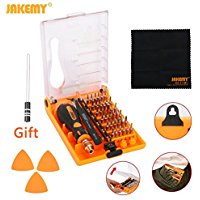 | precision screwdriver set | $10.00 |
 | black & red electrical tape | $5.00 |
 | TOTAL | $31.00 |
Safety
| Physiological Effect | 60 Hz AC Threshold | DC Threshold |
| tingling sensation | 0.7 - 1.1 mA | 3.5 - 5.2 mA |
| noticeable shock | 1.2 - 1.8 mA | 6 - 9 mA |
| painful shock | 6 - 9 mA | 41 - 62 mA |
| muscle contraction | 10 - 16 mA | 51 - 76 mA |
| breathing difficulty | 15 - 23 mA | 60 - 90 mA |
| ventricular fibrillation | 30 - 50 mA | 300 - 500 mA |
| respiratory arrest | 50 - 150 mA | 350 - 1800 mA |
| nerve damage, burns | 200 - 1000 mA | 4 - 5 A |
| ventricular defibrillation | N/A | 6 A |
Safety
Safety
Safety
Safety
First Aid
First Aid
General System Layout

Pre-Drill Holes for Components
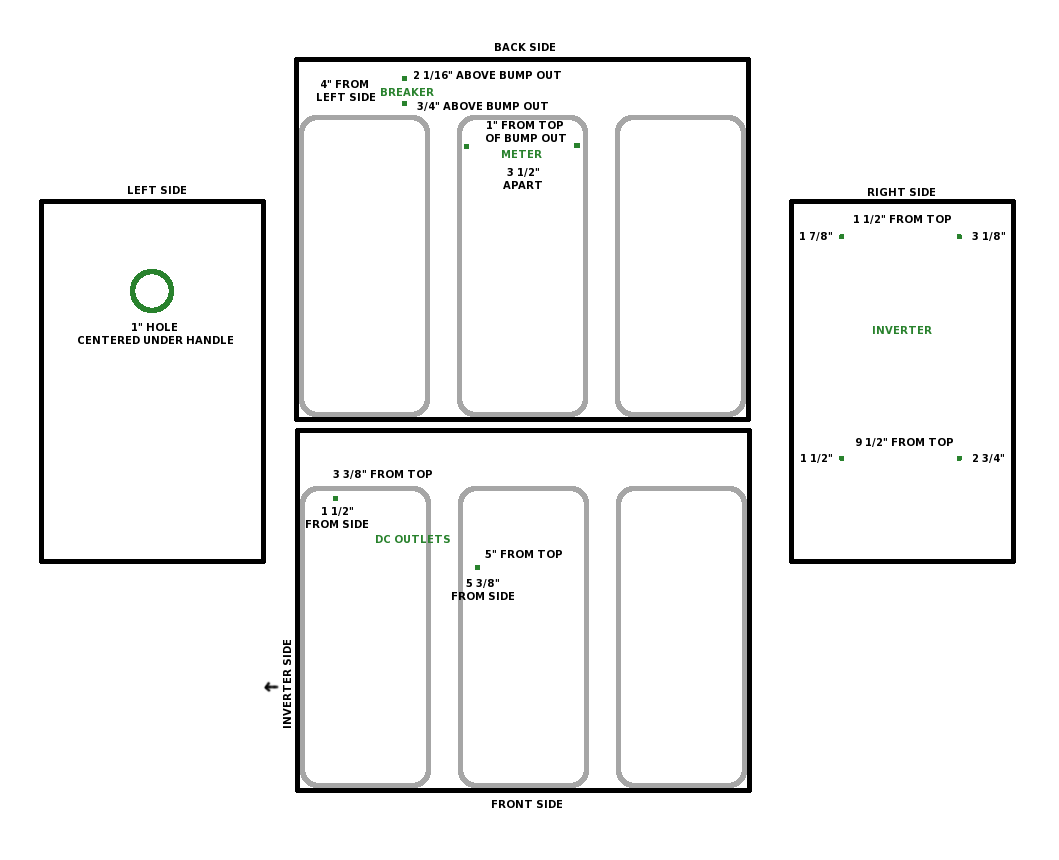
Wiring Diagram
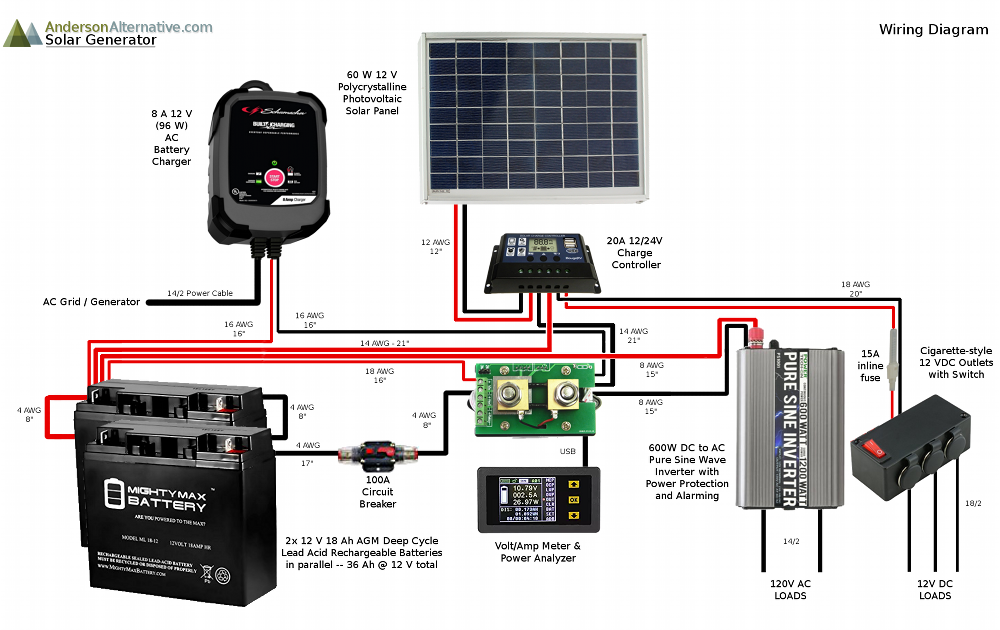
Circuit Schematic

Advanced System Layout
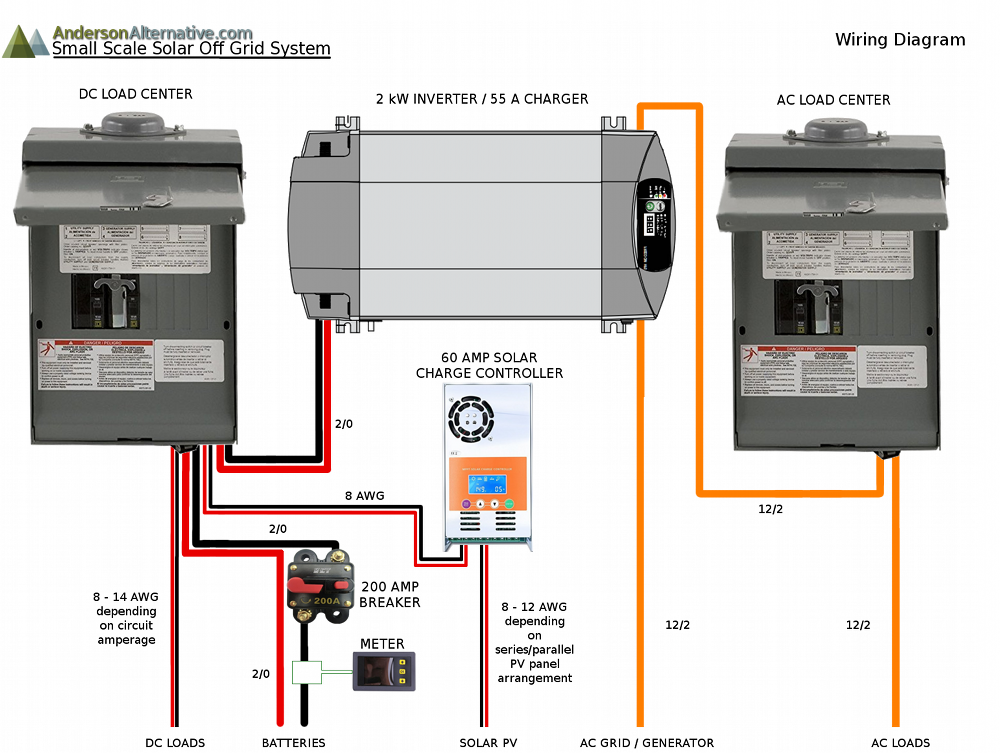
Advanced System 2 Layout

Scale-Up to Full-size System
| 432 Wh System | 43,200 Wh System | |||
 | $34.99 |  | Custom Battery Box | $100.00 |
 | $69.98 |  | 12x Rolls Surrette 2KS33P | $9,360.00 |
 | $78.99 |  | 15x Canadian Solar 280W | $2,400.00 |
 | $15.59 |  | 3x FlexMax 80 MPPT | $1,563.00 |
 | $29.98 |  | IOTA Engineering DLS2740 | $289.00 |
 | $79.95 |  | Outback 3500W Pure Sine | $1,764.00 |
 | $26.99 |  | Bogart Eng. Pentametric | $650.00 |
 | $12.99 |  | Outback & Square D panels | $500.00 |
 | $14.99 |  | 10x 12 VDC Receptacles | $65.00 |
 | $5.00 |  | 10x 120 VAC Receptacles | $20.00 |
 | $10.00 |  | 2/0 Cables, 8,10 Ga. Wires | $400.00 |
 | $7.35 |  | Ring lugs, wire nuts, etc. | $250.00 |
 | $8.99 |  | Misc. mounting materials | $100.00 |
 | $399.98 |  |  | $17,461.00 |
Scale-Up to Full-size System
| Load | Power | 432 Wh System | 43,200 Wh System |
| 40W-equivalent LED lightbulb | 5 W | 69.1 hours | 287.9 days |
| Cable/DSL Modem | 6 W | 57.6 hours | 240.0 days |
| Cellphone Charger (2.1A charging) | 10 W | 33.9 hours | 141.2 days |
| Notebook Computer | 25 W | 13.8 hours | 57.6 days |
| 15 ft3 Chest Freezer | 34 W | 10.2 hours | 42.4 days |
| 40" LCD Television | 36 W | 9.6 hours | 40.0 days |
| 25.5 ft3 Fridge w/Ice Maker | 51 W | 6.8 hours | 28.2 days |
| 52" Ceiling Fan (Max Speed) | 66 W | 5.2 hours | 21.8 days |
| 4.7 ft3 Front-Load Washer | 70 W | 4.9 hours | 20.6 days |
| Keurig Coffee Maker | 300 W | 1.2 hours | 4.8 days |
| 1/4 HP Sump Pump | 456 W | 45.5 minutes | 3.2 days |
| 5000 BTU Window A/C | 560 W | 37.0 minutes | 2.6 days |
| 0.6 ft3 Microwave | 600 W | 34.6 minutes | 2.4 days |
| 1 HP Wet/Dry Micro Vac | 746 W | 27.8 minutes | 46.3 hours |
| Mini-split Heat Pump | 800 W | 25.9 minutes | 43.2 hours |
| Angle Grinder | 900 W | 23.0 minutes | 38.4 hours |
| Upright Vacuum Cleaner | 1.0 kW | 20.7 minutes | 34.6 hours |
| Circular Saw | 1.5 kW | 13.8 minutes | 23.0 hours |
| 1 HP Well Pump | 2.0 kW | 10.4 minutes | 17.3 hours |
| Central Air Conditioner | 3.5 kW | 5.9 minutes | 9.9 hours |
| 3 HP Well Pump | 5.0 kW | 4.2 minutes | 6.9 hours |
* 80% Depth of Discharge
Scale-Up to Full-size System

Scale-Up to Full-size System

Scale-Up to Full-size System
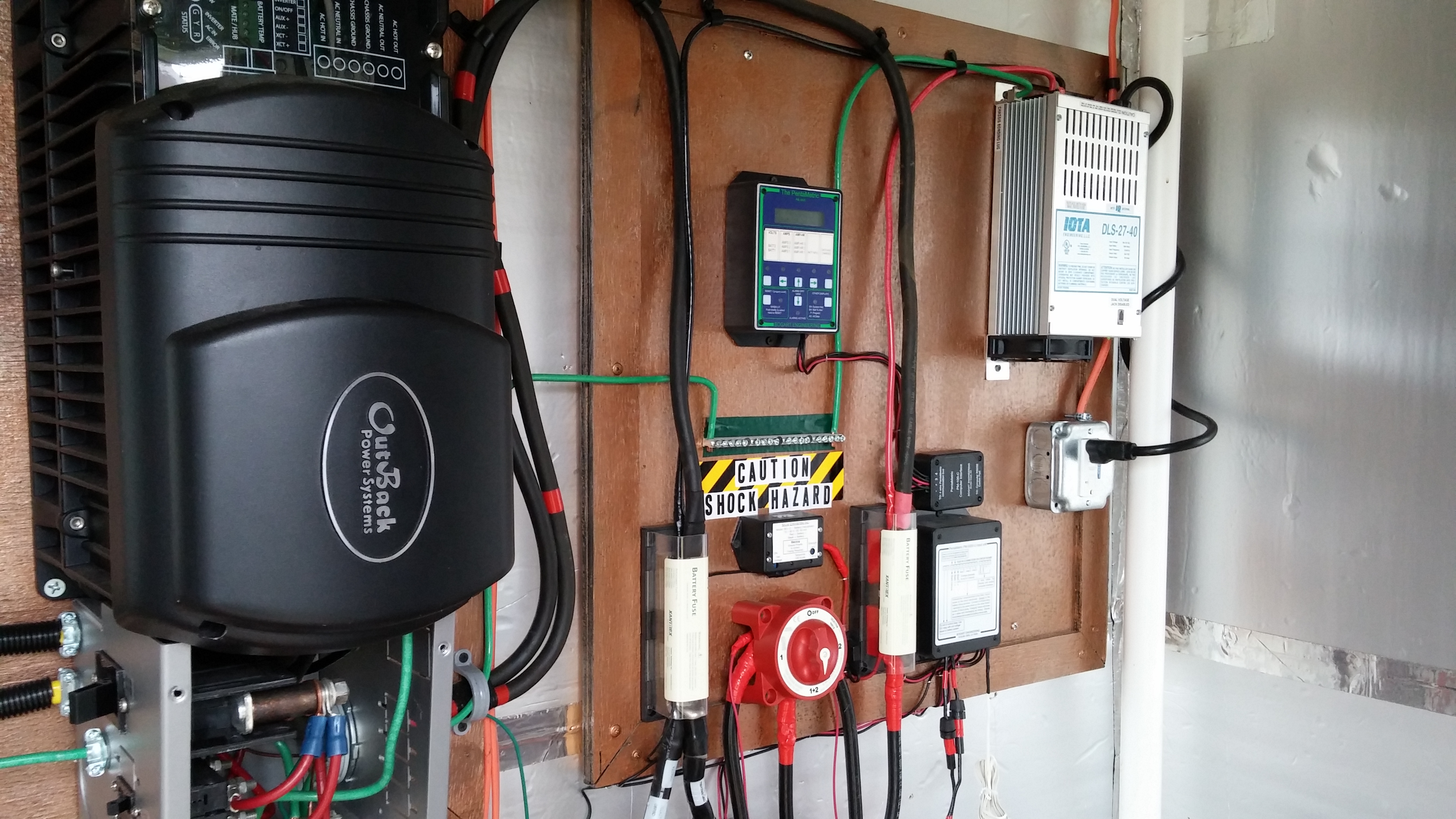
Scale-Up to Full-size System
